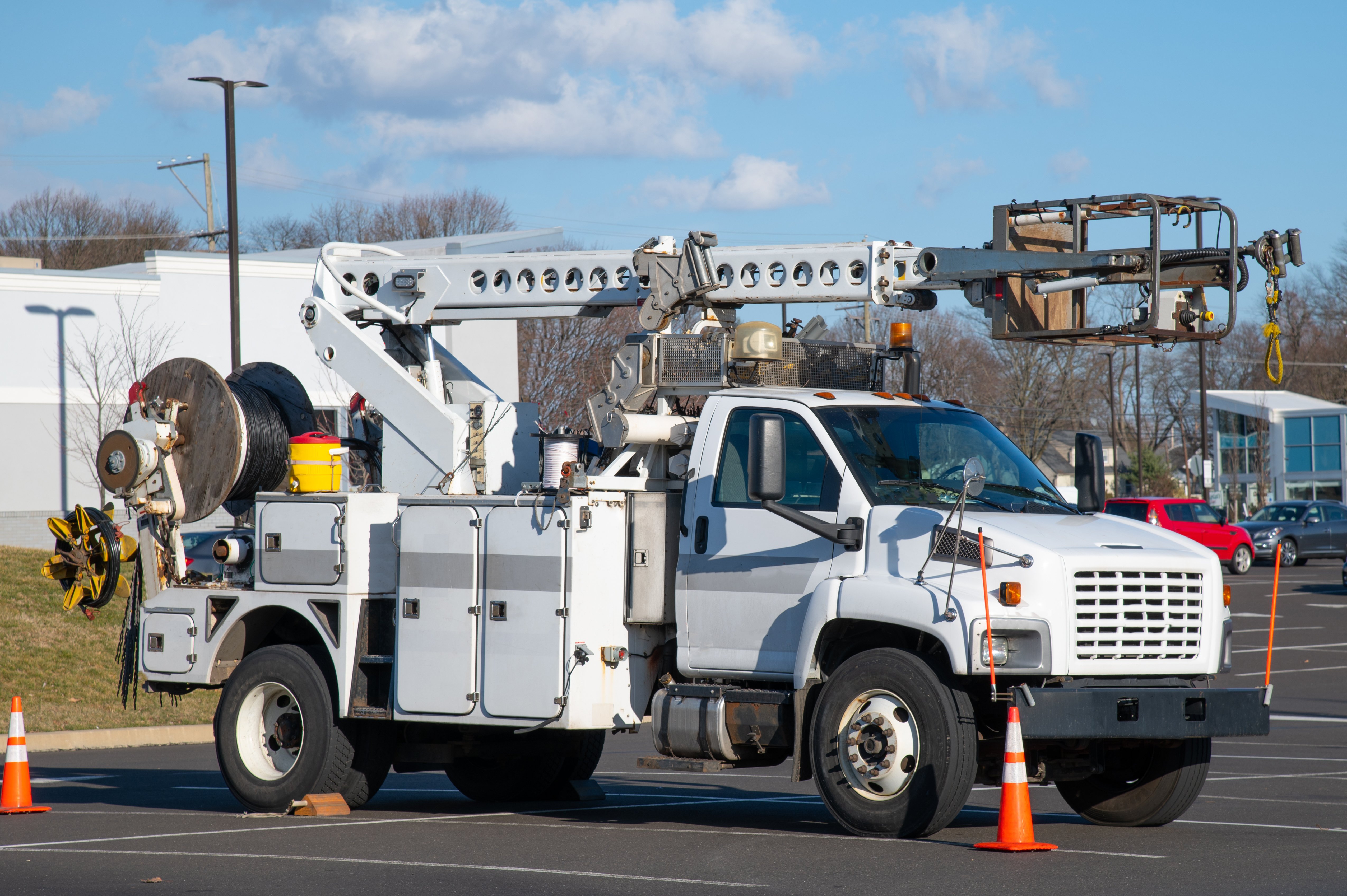
A close call while driving can be the result of human error, equipment failure, weather conditions, or a sudden accidental occurrence. No matter what happens to create a sudden driving hazard, the result is the same: you need to quickly maneuver your vehicle away from the hazard to avoid a collision.
Learning about emergency maneuver techniques and having a plan for the best course of action based on the circumstances will prepare you for the unexpected and help you take the safest, last-minute evasive action to save yourself and others.
Reducing Hazardous Incidents with The Smith5Keys®
Following The System5Keys® to Space Cushion Driving can help reduce the likelihood of a hazardous incident. When used correctly, the 5 Keys will help you gain more space for your vehicle, give you more visibility, and ultimately give you more time to make an emergency maneuver decision.
Look farther up the road than drivers normally do, at least 15 seconds or more. This additional eye lead time allows you to see a problem, make a proper decision, and act.
Pay attention to what’s around you, not just in front of you. Scan at least one of your mirrors every 5 to 8 seconds and maintain the proper following distance.
Don’t stare at any object for longer than 2 seconds. Active eyes enable you to get the big picture.
Build and maintain as much space around your vehicle as possible to give yourself more time to react to another driver’s sudden move.
Key 5: Make Sure They See You®
Anticipate what others are going to do by watching their behavior and communicating your intention.
DrivingDynamics™ Emergency Driving Maneuvers Course
Our DrivingDynamics™ course focuses on emergency maneuvers, backing, and distracted driving. This behind-the-wheel training includes close-quarter backing maneuvers, vehicle control exercises, advanced vehicle control techniques, a distracted driving exercise, and skid-car vehicle training. Participants can experience real-world risky driving challenges in a safe environment.
When you complete this course, you will know:
- Safe emergency driving maneuvers for a variety of hazardous situations
- How to make emergency maneuvers while maintaining control of the vehicle
- How to react to a vehicle coming toward you or stopped in the middle of the road
- Safe driving tips in the event of a brake failure, tire blowout, or lack of traction
Goal of Emergency Maneuvers
Emergency Maneuvers are actions you take with your vehicle to avoid:
- Colliding with another vehicle
- Running into a stationary object
- Vehicle Malfunction - failed brakes or tire blowout
Safe Driving Tips: Common Emergency Maneuver Situations
Skidding:
Skidding can happen on wet, icy, or snow-covered roads. To prevent skidding, slow down and put as much space as possible between your vehicle and other vehicles. If you find yourself skidding, ease off the accelerator and smoothly steer in the direction of the skid without jerking the steering wheel or overcorrecting.
Object in the Road:
By looking ahead (Aim High In Steering®), you will spot problems and have time to make a safe maneuvering decision. If you see an object at the last minute, avoid swerving or overcorrecting.
Wrong Way Driver:
Immediately slow down and change lanes, preferably moving to the right to avoid a head-on collision. If you see a car going the wrong way, pull over when safe and call 911.
Tire Blowout:
Stay calm and focus on keeping your vehicle under control. Apply the brake gently and don’t overcorrect your steering. Allow the vehicle to slow down by itself without braking, steer straight, and pull over safely.
Failed Brakes:
Shift to a lower gear if possible. Do not turn off your vehicle- this will lock up the steering. Start pumping the brake pedal and carefully engage the parking brake if needed. Steer to the side of the road as soon as safely possible.
Planning emergency maneuvers before an emergency occurs is crucial for ensuring that you can take the safest and most effective evasive action when faced with sudden hazards on the road. By thinking ahead and preparing for potential emergencies using The Smith5Keys®, you can enhance your ability to respond swiftly and appropriately, significantly reducing the risk of collisions and other accidents.










